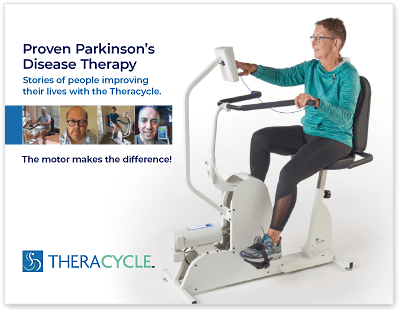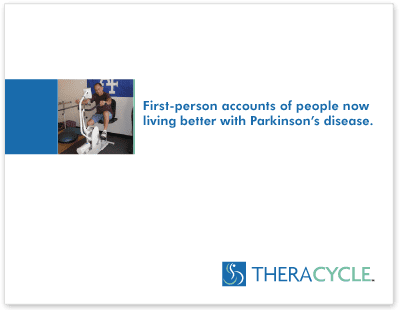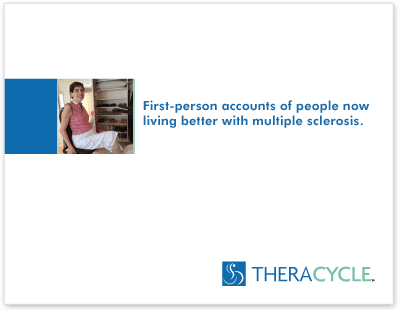- ›
- Why Theracycle ›
- Research and Studies ›
- Forced Exercise Cycling Benefits for Parkinson’s
Research and Studies
Forced Exercise Cycling Benefits for Parkinson’s

Daniel G. Miner, Adrian Aron, Emily DiSalvo,
Published: January 09, 2020 · Journal of the Neurological Sciences 410 (2020) 116677
DOI: https://doi.org/10.1016/j.jns.2020.116677
Article Highlight
Forced exercise can be implemented clinically through several different modes, the most common of which include: a stationary bicycle equipped with a motor to provide a motor-augmented rate of cycling, such as the Motomed or Theracycle; tandem cycling, typically performed on a stationary bicycle with an able-bodied trainer in the front of the cycle providing the pedal cadence to augment the rate of exercise for the participant in the rear of the cycle; or body weight supported treadmill training in which a harness system helps to support an individual’s body weight and the rate of exercise is augmented mechanically by the treadmill.
Abstract
Currently there is no cure for the progressive movement disorders associated with Parkinson’s Disease (PD). Pharmacological management of movement disorders in PD are associated with significant negative side effects. Exercise improves the efficacy of anti-parkinsonian medication, but does not ameliorate the side effects. Consensus on the optimal mode of exercise training or dosing to improve motor function for individuals with PD is lacking. The new concept of forced exercise is gaining traction in the literature as a mode of exercise which has the potential to improve motor function in individuals with PD. The purpose of this article is to review the effects of forced exercise on specific components of motor function that would help guide clinical decision making and exercise prescription for the PD patient population. Collectively, the evidence provided in this review suggests that forced exercise may be safely added as an ancillary therapy to the medical management of PD.
Introduction
Parkinson’s Disease (PD) is a progressive neurological disease characterized by cardinal signs of tremor, rigidity, bradykinesia, and postural instability. These movement disorders significantly impact quality of life and increase individual’s risk for fall related injury. Recent estimates for the prevalence of PD for individuals over 45 years old is 572/100,000. Census estimates project that the number of individuals with PD will continue to rise, and by the year 2030 a minimum of one million people in the United States will be affected by this disease. Identifying therapeutic interventions that have the potential to improve quality of life for these individuals and decrease the rising burden on the healthcare system due to increased prevalence, should be a top priority.







